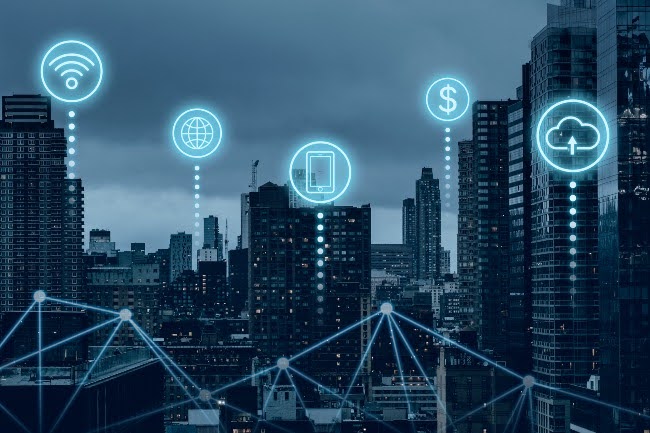Sending an email, holding a video meeting, or saving files to the cloud are actions we take for granted in our businesses. But behind this apparent simplicity lies a complex network that sustains telecommunications: networks, devices, providers, data…
And in that sea of constant information, cybersecurity has become an absolutely essential element for business continuity.
We’re no longer just talking about protecting computers or servers, but the telecommunications infrastructure that shapes our lives. From data centers to employees’ smartphones, cybersecurity in telecommunications is a key component of ensuring digital, economic, and social stability.
In an environment such as telecommunications, where the exhibition area is vast and dynamic, a solution such as Kartos is advisable and essential to ensure business continuity and protect reputation and user trust.
Unlike other more reactive approaches, our Kartos solution uses a continuous Threat Exposure Management (CTEM) model.. This means it helps organizations maintain a constant and up-to-date view of all their exposed assets, detect vulnerabilities, and anticipate possible attacks.
Why is cybersecurity so critical in telecommunications?
Telecommunications are the nervous system of our digital society,. and cybersecurity in telecommunications is a structural priority for all sectors.
A highly exposed sector
Telecommunications is one of the world’s sectors that is attacked the most. It’s no coincidence: Operators manage massive volumes of data,critical network infrastructures, and connections with millions of users. Any security breach can have devastating consequences: service interruptions, theft of sensitive data, espionage, or even attacks on national infrastructure.
Threats are constantly evolving
Cybercriminals never rest. New techniques, exploits, and ways to break into systems are developed daily. From ransomware attacks targeting service providers to signal interception or large-scale identity theft, having an antivirus or firewall is no longer enough.
It is necessary to have tools that proactively analyze and identify weaknesses before they are exploited, and maintain constant surveillance of the digital ecosystem. As we propose with Kartos, continuous threat management makes a substantial difference.
You may be interested in→ 6 online threats that can affect your business.
Towards a more preventive and strategic approach
The traditional security model, based on reacting once an incident occurs, is no longer enough.. In an environment as changing as the digital one, prevention and anticipation are essential.

CTEM: continuous management against threats
The traditional IT security model involved periodically reviewing systems, searching for flaws, and applying patches. However, in today’s context, this methodology is insufficient. The key is constant vigilance.
Continuous Threat Exposure Management (CTEM) is a more dynamic and adaptive approach. It allows companies to:
- Know what assets are exposed on the Internet (servers, domains, applications, etc.).
- Detect misconfigurations or vulnerabilities before they are exploited.
- Prioritize what to fix first based on the actual level of risk.
Our tool, Kartos, is explicitly designed to implement this model. Its noninvasive approach allows monitoring without the need to install agents and offers a clear view of any organization’s external security posture.
What your company can do now
If you work in a company that relies on digital infrastructure (which is practically all of them), there are some steps you can start considering today:
1. Perform an exposure diagnosis
Do you know how many of your company’s assets are visible from the outside? How many might have insecure configurations? Having Kartos allows you to take this photo without affecting your systems.
2. Implement a CTEM strategy
Leave behind ad hoc cybersecurity, surveillance must be continuous and automated.. Threats don’t wait for you to audit.
3. Teach your team
No tool can replace the human factor. Make sure your team understands the risks and knows how to respond.
In a world where everything is digital, guaranteeing cybersecurity in telecommunications is not an add-on: it’s the core. Exposure to threats is constant, and the consequences of carelessness can be irreversible.
Solutions like the ones we offer with Kartos help companies of all sizes regain control of their digital security. It’s not about fear but visibility, strategy, and responsiveness.
Do you want to know how exposed your organization is? Try Kartos and get a clear, actionable view of your external digital security.


